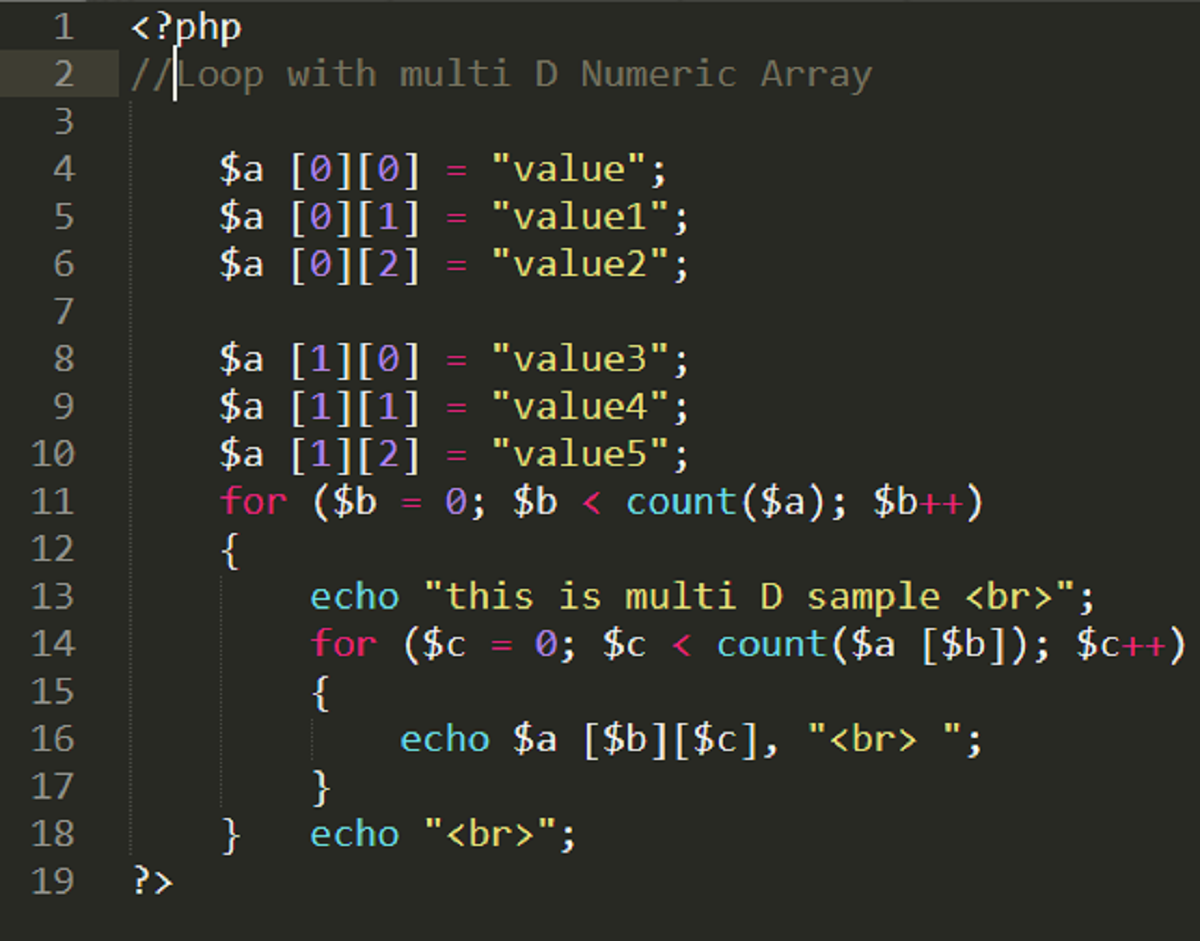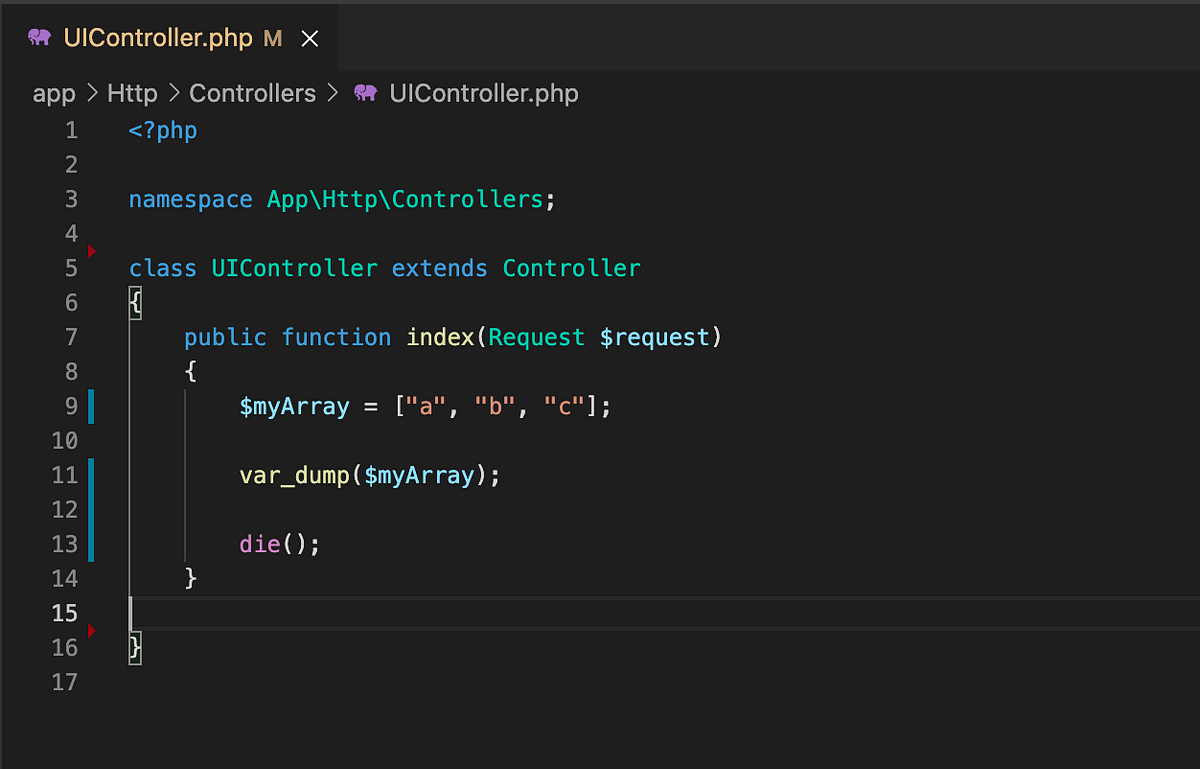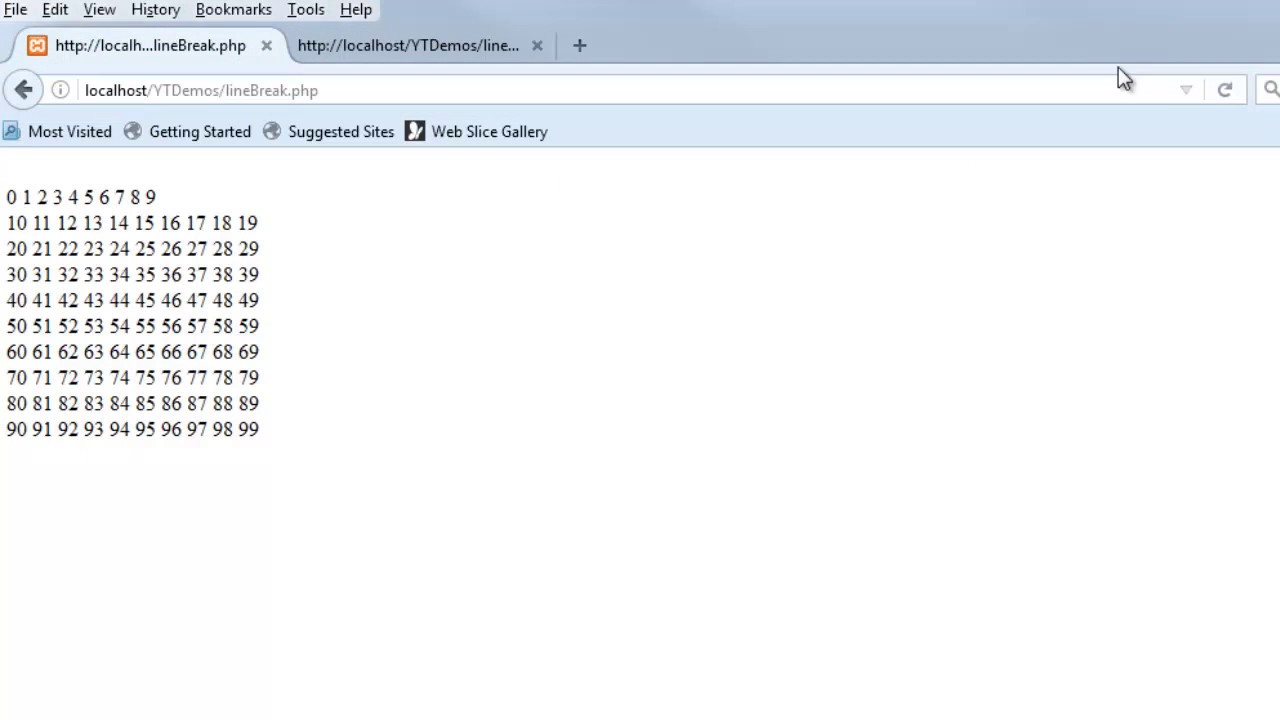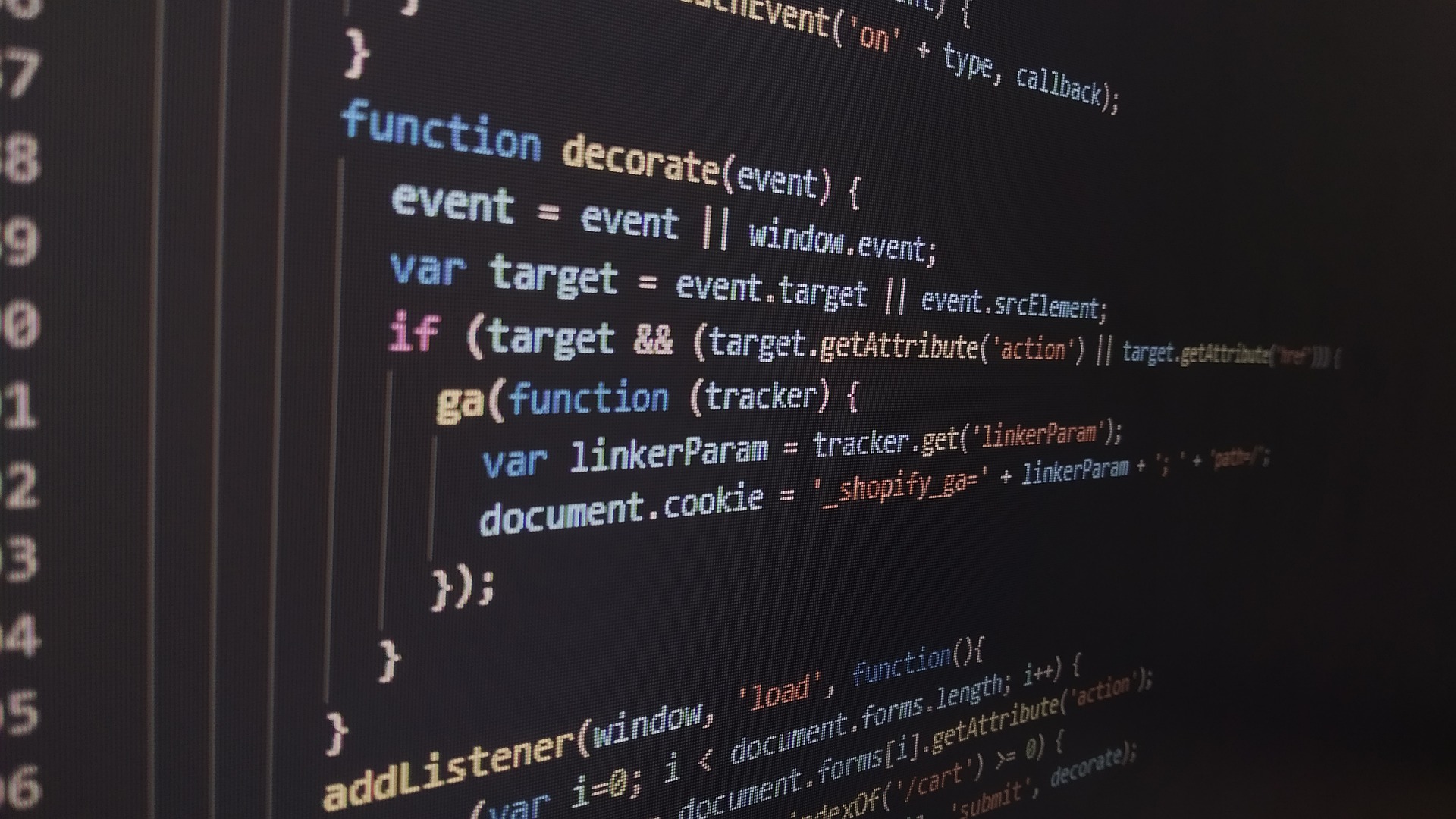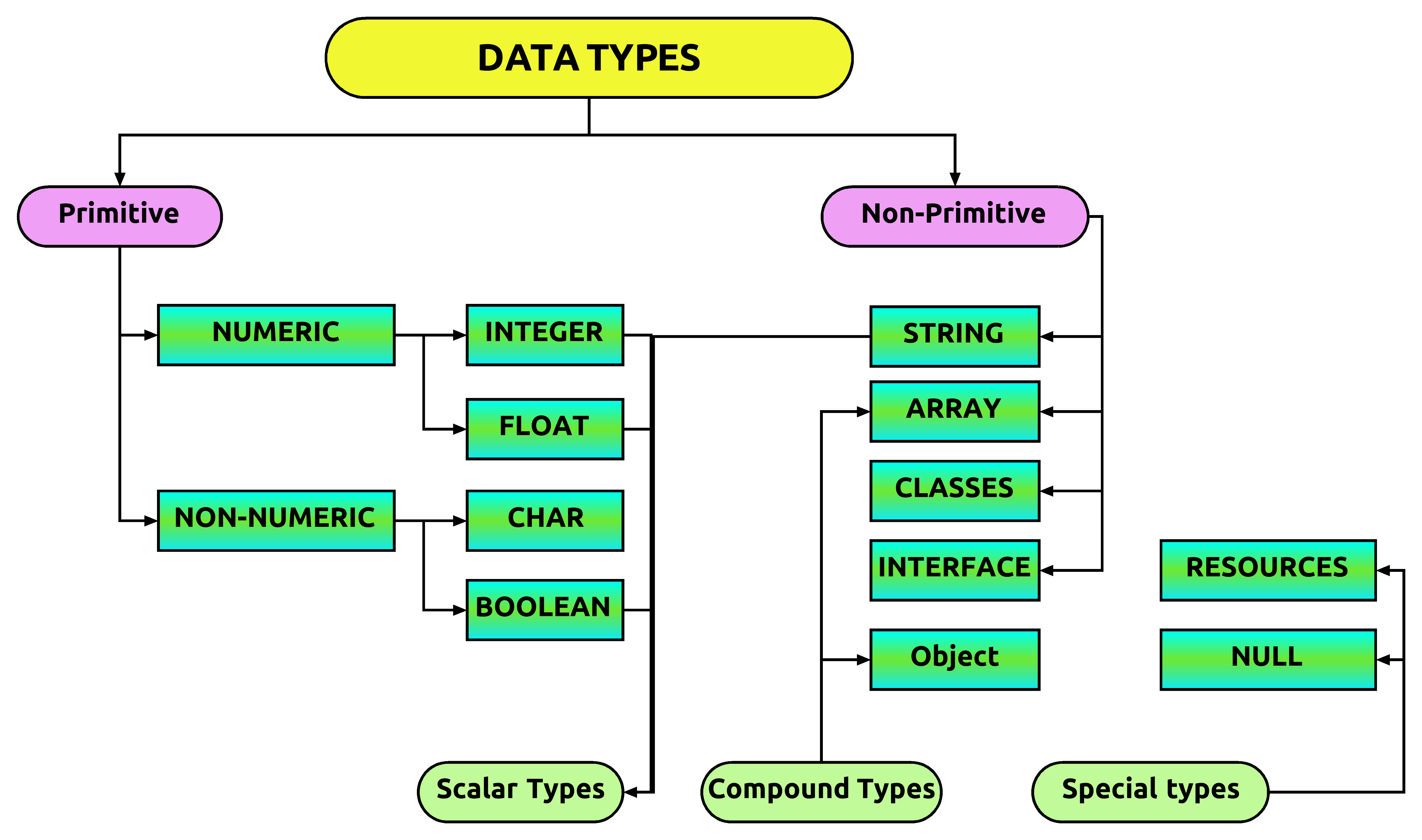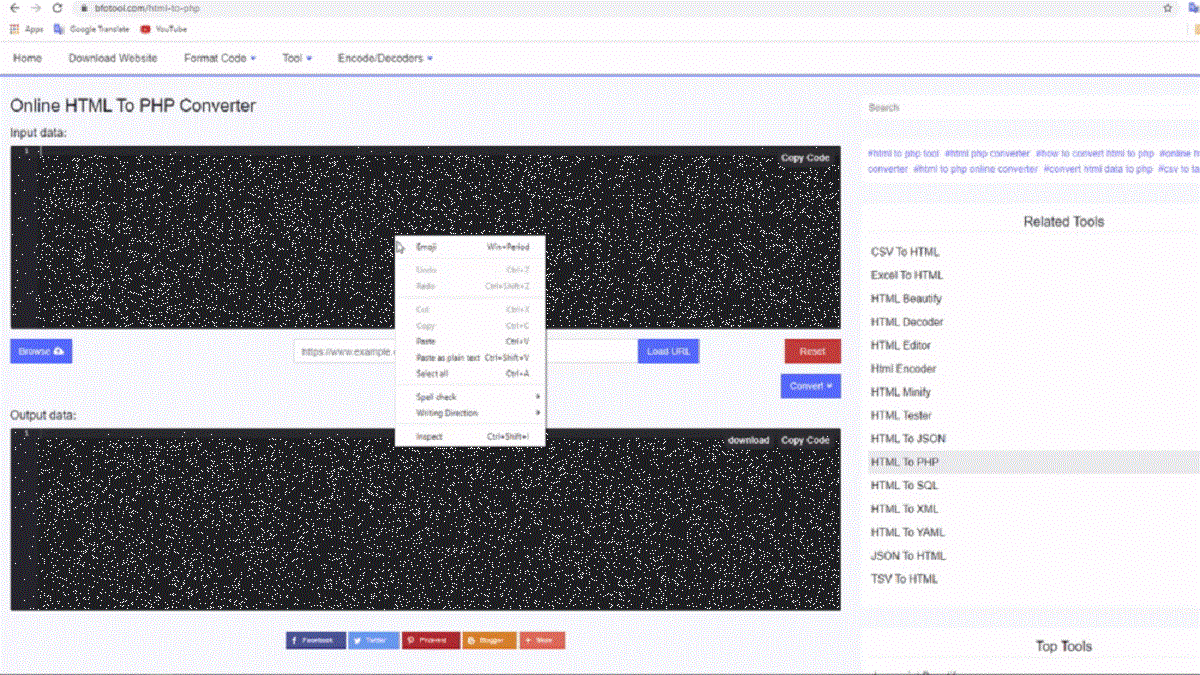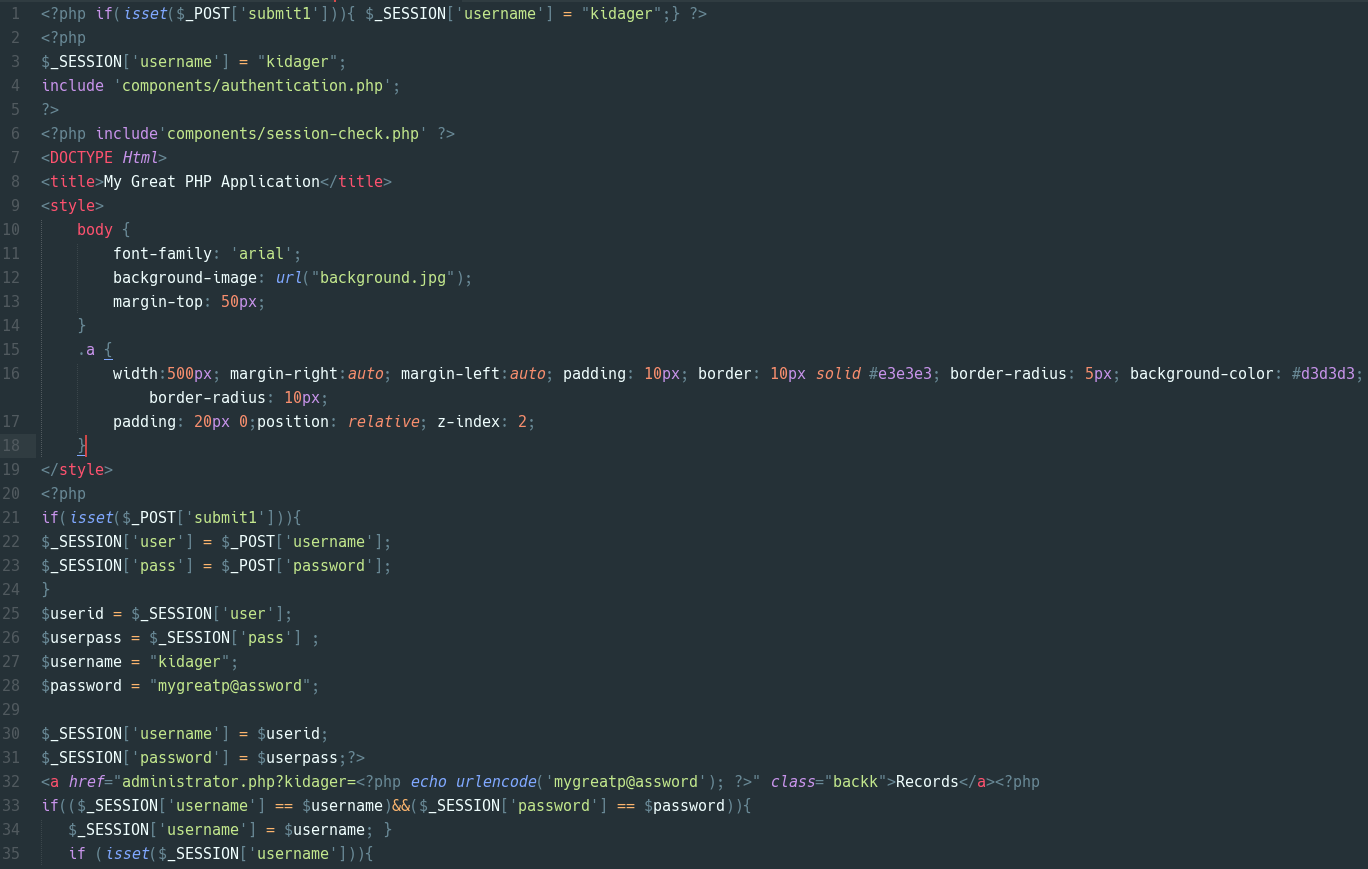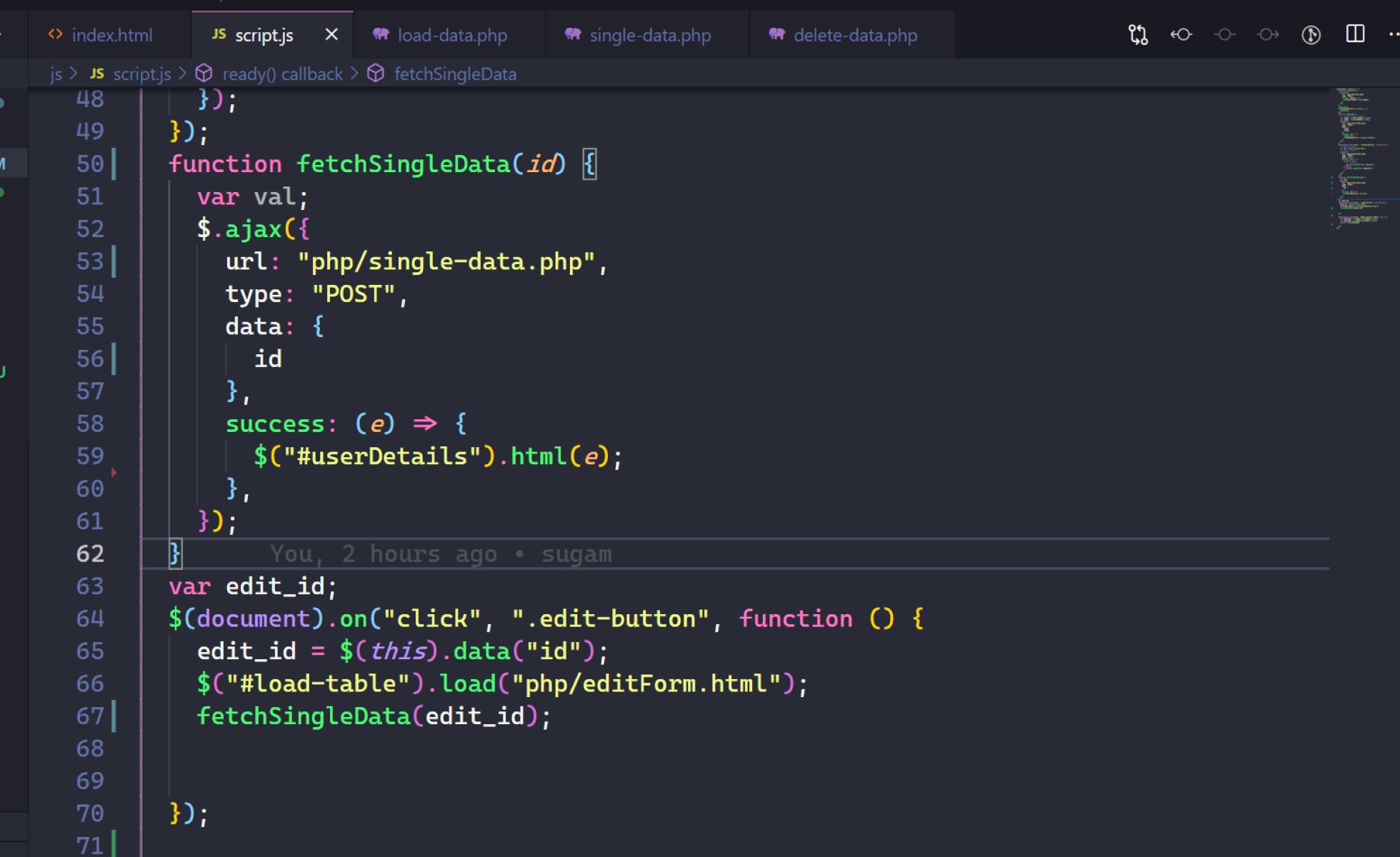Introduction
In the world of PHP programming, working with arrays is a fundamental task. Arrays allow you to store and manipulate multiple values within a single variable. While PHP supports both indexed and associative arrays, there is also a powerful concept known as a multidimensional array. As the name suggests, a multidimensional array in PHP is an array within an array, creating a hierarchical structure.
A multidimensional array can be useful when you need to organize and access complex data sets. For example, you might have a database of employees, with each employee having multiple attributes such as name, age, and department. By using a multidimensional array, you can easily group and retrieve this information for efficient processing.
PHP provides various methods to iterate through arrays, allowing you to access and manipulate the data stored within. One popular iteration method is the foreach loop, which allows you to iterate over each element in an array. In this article, we will explore how to use the foreach loop with a multidimensional array in PHP.
By mastering the foreach loop and its application to multidimensional arrays, you will significantly enhance your ability to work with complex data structures efficiently. Whether you are a seasoned PHP developer or just starting your programming journey, understanding how to utilize the foreach loop with multidimensional arrays is essential to becoming a proficient PHP programmer.
What is a multidimensional array in PHP
In PHP, a multidimensional array is an array that contains one or more arrays as its elements. It is a way to organize data in a hierarchical structure, allowing for more complex and structured data representation.
To visualize a multidimensional array, you can think of it as a matrix or a table. Each element in the array represents a row, and within each row, there can be additional arrays representing columns or attributes. This nesting of arrays creates a multi-level structure.
The depth or number of dimensions in a multidimensional array is not limited and can be extended based on your needs. For example, a two-dimensional array is the most common type, with rows and columns, but you can have three-dimensional arrays, four-dimensional arrays, and so on, depending on the complexity of your data.
Using a multidimensional array is especially useful when dealing with structured data, such as employee records, product details, or any other scenario where you want to group related information together. With a multidimensional array, you can easily access and manipulate specific elements within the array by specifying the appropriate indices at each level.
For example, consider a multidimensional array representing a student database. Each student’s information, such as name, age, and grades, can be stored in an individual array. These student arrays can then be grouped together in a larger multidimensional array, allowing for easy access and manipulation of the student data.
Overall, a multidimensional array provides a convenient way to organize and work with complex data structures. By understanding how to create, access, and modify a multidimensional array, you can unlock the full potential of PHP when working with structured data.
Syntax of foreach loop
The foreach loop in PHP is a construct that allows you to iterate over the elements of an array. It provides a simple and concise way to access and work with each element in the array without needing to manually manage indices or loop counters.
The general syntax of the foreach loop is as follows:
foreach ($array as $value) {
// Code to be executed for each iteration
}
In this syntax, the variable $array represents the array that you want to iterate over. The loop then assigns each element of the array to the variable $value in each iteration.
Alternatively, you can also access both the array keys and values using the following syntax:
foreach ($array as $key => $value) {
// Code to be executed for each iteration
}
In this case, the loop assigns each array key to the variable $key and the corresponding value to the variable $value in each iteration.
The foreach loop checks the array for the presence of elements and automatically iterates over all the elements until there are no more left to process. This eliminates the need for manually managing loop counters or indices, making the code more concise and readable.
To perform specific operations for each element, you can include the desired code block within the loop. This block will be executed for each element in the array, allowing you to process the data, perform calculations, output results, or any other logic you require.
By utilizing the foreach loop, you can easily traverse and manipulate the elements of an array without the need for complex looping constructs, making your code more efficient and maintainable.
Using foreach loop with a multidimensional array
The foreach loop in PHP can be applied to iterate over the elements of a multidimensional array, providing convenient access to all the nested arrays and their elements. This allows you to traverse and operate on the entire multidimensional data structure efficiently.
When working with a multidimensional array, the foreach loop can be used in different ways depending on the specific requirements of your code. Here are a few common approaches:
- Accessing values: You can use the
foreachloop to access the values within the multidimensional array. By assigning each nested array to a variable, you can then use anotherforeachloop to extract the values of each element within the nested array. - Nesting loops: When dealing with a multidimensional array, it is often necessary to nest multiple
foreachloops to access all levels of the array. This allows you to traverse through the outer array, then iterate through each nested array within it. - Modifying values: The
foreachloop also provides an opportunity to modify values within a multidimensional array. By assigning the modified value back to the corresponding array element, you can update the data in a specific location within the array.
Using the appropriate approach will depend on the structure and requirements of your multidimensional array. You can choose to access and retrieve specific values, perform calculations, filter data, or apply any other logic within the foreach loop.
By combining the power of multidimensional arrays with the versatility of the foreach loop, you can effectively work with complex data structures and manipulate the data to suit your needs. This allows for efficient data processing and simplifies the code by eliminating the need for complex nested loops or explicit indexing.
However, it is important to note that when modifying values within a multidimensional array, it is crucial to understand the memory locations and references. Changes made to a value within a nested array will reflect those changes outside the loop as well.
In the following examples, we will explore how to use the foreach loop with a multidimensional array, demonstrating different scenarios where it can be applied effectively.
Example 1: Accessing values of a multidimensional array using a foreach loop
One common use case for the foreach loop with a multidimensional array is to access the values within the array. This allows you to retrieve and process specific data within the nested arrays efficiently.
Consider a scenario where you have a multidimensional array representing a list of employees, with each employee having attributes such as name, age, and department. To access the values of each employee’s attributes, you can use the foreach loop in combination with another foreach loop to iterate through the array and extract the required values.
Here’s an example:
$employees = array(
array("name" => "John Doe", "age" => 30, "department" => "IT"),
array("name" => "Jane Smith", "age" => 25, "department" => "HR"),
array("name" => "Mark Johnson", "age" => 35, "department" => "Marketing")
);
foreach ($employees as $employee) {
foreach ($employee as $key => $value) {
echo "$key: $value <br>";
}
echo "<br>";
}
In this example, we have an array named $employees which contains three nested arrays, each representing an employee. We use the outer foreach loop to iterate through each employee array, and then within the inner loop, we iterate over each element of the employee array to access the key-value pairs.
By executing this code, you will see the output:
name: John Doe
age: 30
department: IT
name: Jane Smith
age: 25
department: HR
name: Mark Johnson
age: 35
department: Marketing
This demonstrates how the foreach loop can be used to access the values within a multidimensional array. With each iteration, we can extract the key-value pairs from the nested arrays and process them as needed, such as displaying them, performing calculations, or storing them for further use.
Accessing and working with the values of a multidimensional array using a foreach loop provides a clean and efficient solution, allowing you to work with complex data structures conveniently in PHP.
Example 2: Nesting foreach loops for a multidimensional array
Another powerful application of the foreach loop with a multidimensional array is when you need to iterate through multiple levels or dimensions of the array. Nesting foreach loops allows you to access and manipulate the elements at each level, providing flexibility and control over your data processing.
Let’s consider an example where you have a multidimensional array representing a matrix of student grades across different subjects:
$grades = array(
array(80, 85, 90),
array(75, 70, 85),
array(90, 95, 80)
);
foreach ($grades as $student) {
foreach ($student as $grade) {
echo $grade . " ";
}
echo "<br>";
}
In this example, the array $grades represents a matrix of student grades, with each inner array corresponding to a student and their grades for different subjects. By nesting the foreach loops, we can access each student’s grade and display it.
When you execute this code, you will see the output:
80 85 90
75 70 85
90 95 80
By using nested foreach loops, we iterate through each student in the outer loop and then loop through each grade within the inner loop, displaying them one by one. This allows us to process and utilize the grades in the desired manner, such as calculating averages, finding the highest or lowest grade, or performing any other operations.
Nesting foreach loops for a multidimensional array provides a convenient way to access and iterate over the elements in each level of the nested structure. It gives you the flexibility to handle complex data structures and perform operations on individual elements efficiently.
Remember that the depth or number of dimensions in a multidimensional array can vary based on your specific use case. By nesting the appropriate number of foreach loops, you can access elements at each level and process your data effectively.
Example 3: Modifying values of a multidimensional array using foreach loop
The foreach loop is not only useful for accessing values within a multidimensional array but also for modifying those values. With the ability to iterate through each element of the array, you can update specific values, apply calculations, or make any necessary changes to the data stored within the multidimensional array.
Let’s imagine a scenario where you have a multidimensional array representing a shopping cart, with each item having attributes such as name, quantity, and price. To update the quantity of a specific item in the cart, you can utilize the foreach loop to find the item and modify its quantity accordingly.
Here’s an example:
$cart = array(
array("name" => "Product A", "quantity" => 2, "price" => 10),
array("name" => "Product B", "quantity" => 3, "price" => 15),
array("name" => "Product C", "quantity" => 1, "price" => 20)
);
$itemNameToModify = "Product B";
$newQuantity = 5;
foreach($cart as &$item) {
if($item['name'] === $itemNameToModify) {
$item['quantity'] = $newQuantity;
}
}
unset($item); // Release the reference
// Display the updated cart
foreach($cart as $item) {
echo "Item: " . $item['name'] . ", Quantity: " . $item['quantity'] . ", Price: $" . $item['price'] . "<br>";
}
In this example, we have a multidimensional array named $cart representing a shopping cart with three items. We want to modify the quantity of a specific item, “Product B.” By using the foreach loop and an if condition, we can find the desired item and update its quantity to the new value specified by $newQuantity.
Once the modification is made, we display the updated cart by iterating through it again with another foreach loop, printing the item name, quantity, and price for each item.
When you execute this code, you will see the output:
Item: Product A, Quantity: 2, Price: $10
Item: Product B, Quantity: 5, Price: $15
Item: Product C, Quantity: 1, Price: $20
This demonstrates how the foreach loop can be used to modify values within a multidimensional array. By referencing each nested array using the &$item syntax, any changes made to the $item variable within the loop will directly affect the original array.
Using this approach, you can easily modify specific values within a multidimensional array, allowing for dynamic updates based on your application’s requirements.
Conclusion
Working with multidimensional arrays in PHP provides a powerful way to organize and manipulate complex data structures. The foreach loop is a valuable tool for iterating through the elements of a multidimensional array, allowing you to access, modify, and process the data efficiently.
Throughout this article, we explored the different aspects of using the foreach loop with a multidimensional array. We learned how to access values within a multidimensional array by using nested loops, giving us the ability to traverse and extract specific data elements.
We also saw how nesting foreach loops can be utilized to work with multiple levels or dimensions of a multidimensional array. This approach provides flexibility and control over data processing, allowing us to operate on individual elements at each level.
Furthermore, we explored how the foreach loop can be used to modify values within a multidimensional array. By referencing and updating specific elements, we can dynamically change data within the structure, making the necessary adjustments according to our requirements.
By mastering the foreach loop and applying it to multidimensional arrays, you can enhance your PHP programming skills and efficiently handle complex data structures. This knowledge will enable you to build more robust applications, handle large data sets, and process information in a streamlined manner.
In conclusion, the foreach loop provides a valuable tool for working with multidimensional arrays in PHP. By leveraging the power of iteration and understanding the structure of multidimensional arrays, you can unlock the full potential of PHP and effectively handle intricate data representations.







